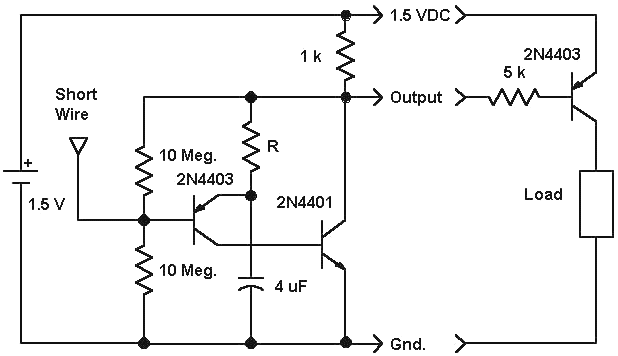

I was (and still am) prepared to impulse-buy this soundtrack, even before finishing the game. At the time I was playing the game for review, I wanted to buy the soundtrack immediately, and was sad that I couldn’t have it until it officially released. The next wondrous part you get to enjoy in Transistor is the music. Buildings and public works are set up close together in an organized way that lends the feel of a futuristic, highly functioning society, almost like a well oiled machine, yet the architecture is reminiscent of the Roaring Twenties with that modern flare that is so impressive in Transistor. The digital painting that makes up the entire world, which is presented in a fixed camera style, is dramatic with its colors, and leads the eye with flowing lines characteristic of Art Deco and even Art Nouveau styles. How can an old earthy art style be used with such a sci-fi theme? Transistor pulls it off. The interface uses Art Deco swirls on the screen tied in with modern internet text design. One good example of the skill with which this was pulled off is the OVC Terminal (the ever-present social internet, accessible via kiosk). A lot of thought went into this modern Art Deco motif and I was constantly impressed and in awe during my journey through the game.

I love this period of art, and I was delighted to see Supergiant Games’ modern translation of it in Transistor. I can see heavy influences from the Art Deco period (during the Roaring Twenties in the U.S.).

Let me first talk about the connecting theme for all elements of this game– the art style.


 0 kommentar(er)
0 kommentar(er)
